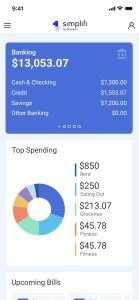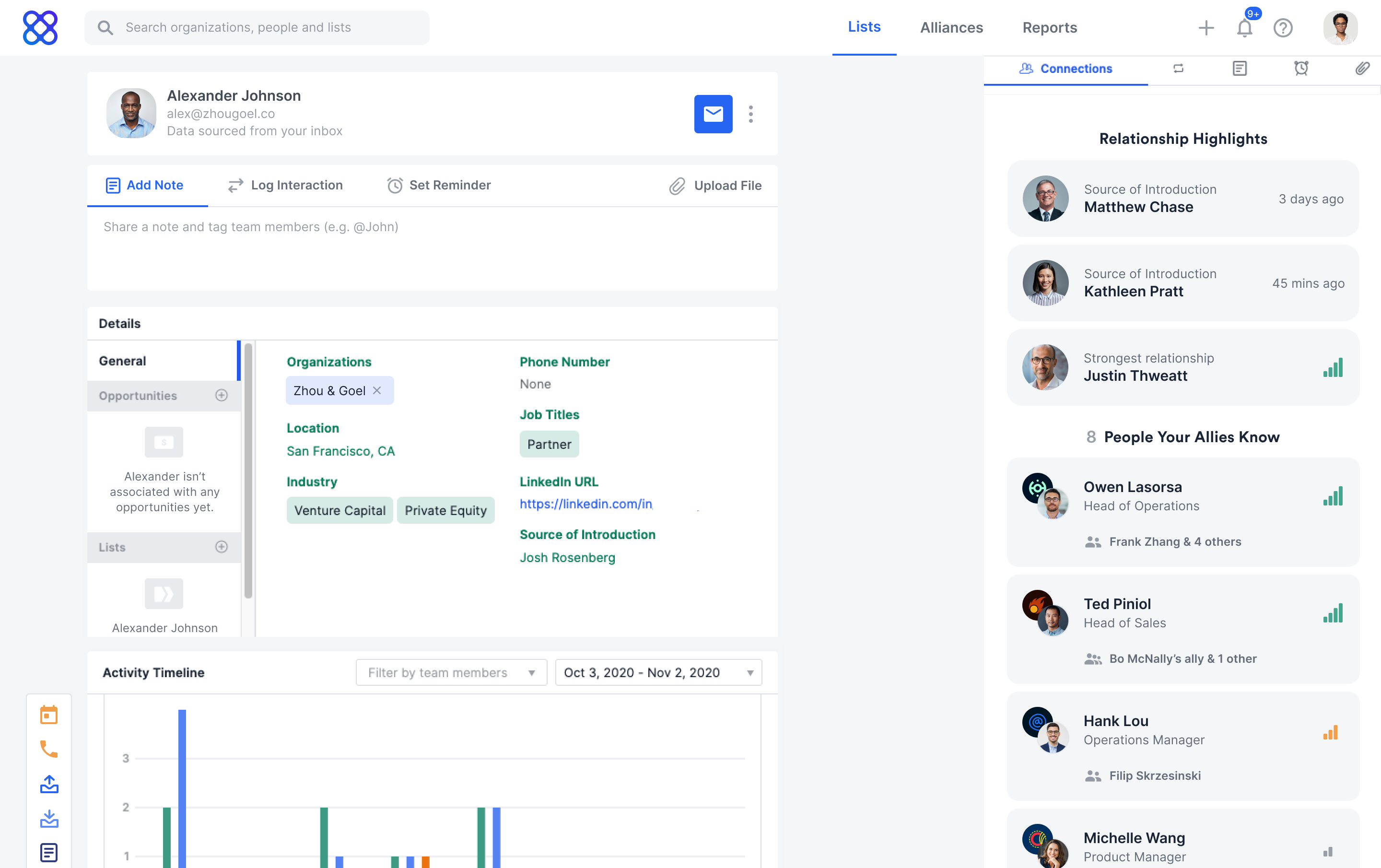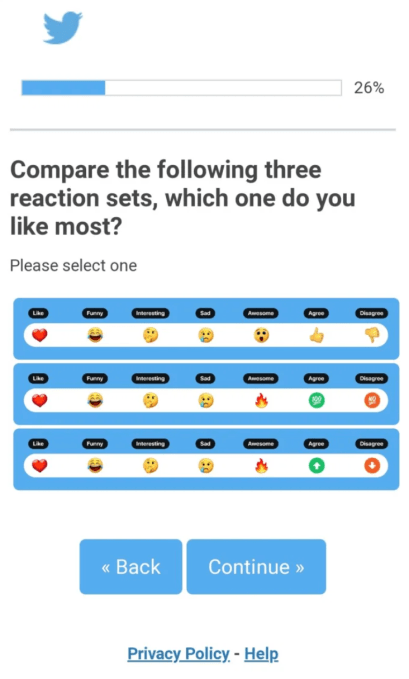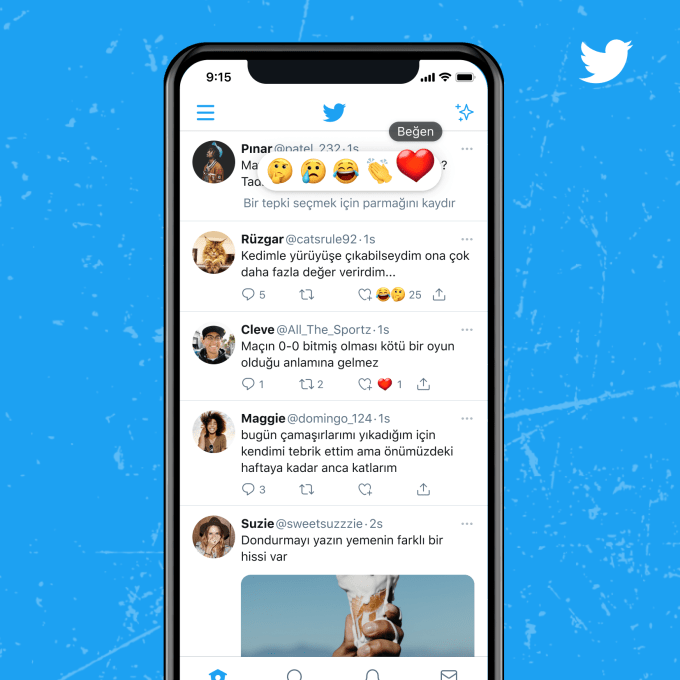News: LinkedIn doubles down on development with new learning hub, free courses and new search fields for hybrid working
The wider world of employment has seen a huge shift in the wake of the Covid-19 pandemic. Looking for a job, finding someone to fill a role, or simply developing professionally are just not the same as they used to be for many of us. So it’s no surprise to see companies that have built
The wider world of employment has seen a huge shift in the wake of the Covid-19 pandemic. Looking for a job, finding someone to fill a role, or simply developing professionally are just not the same as they used to be for many of us. So it’s no surprise to see companies that have built business models catering to these areas changing, too: today, LinkedIn, Microsoft’s social networking platform for the working world, announced a wave of news aimed at moving ahead with the times.
It’s launching a new Learning Hub aimed at organizations to provide professional development and other training to employees. And it’s making 40 courses free of charge to LinkedIn members specifically to address some of the changes afoot, such as how to adapt to hybrid working, how to be a better manager in the new normal, and how to return to the office, and run facilities when they are spread beyond a building to also include people’s private homes. Lastly, it’s also starting to tweak details that people can use to list and search for job openings to account for these kinds of working conditions, and more.
The Learning Hub was first previewed back in April of this year and has been running in a limited beta. Today, as part of a bigger event hosted by Microsoft CEO Satya Nadella and LinkedIn CEO Ryan Roslansky where they are discussing new trends in the world of work, the Hub is being rolled out more widely.
For some context, LinkedIn has been long on education for years, with acquisitions like the remote learning platform Lynda back in 2015 bolstering its own education strategy and position as a go-to platform for professional development; partnerships to bring in significant amounts of third-party content (for example, when it added some 13,000 courses via third parties in 2018); and efforts to tie together the concept of skills development with professional profiles, running research and building interactive tools for its users.
The free courses that are being launched today (and will remain free until October 9) are a timely set of videos to help companies as some of them start to make (or think about) the transitions from remote to in-office environments, but the bigger product launch, The Learning Hub, is not exactly an altruistic endeavor in that longer journey. It is being sold as a premium service for businesses — existing LinkedIn Learning Pro users will be able to use it for free until July 2022, potentially longer, it said. In addition to being a salient business, it is also connected to the company’s bigger efforts to bring in more businesses-focused services, and more engagement from HR departments, to bolster one of its other main revenue drivers, recruitment.
As a learning experience platform (often described as LXPs), LinkedIn’s relaunch of its own learning hub will bring it into closer competition with the likes of 360Learning, Coursera for Business, Workday, Cornerstone, and the many other platforms used by organizations to manage their own in-house and third-party professional training content. In addition to this, LinkedIn says it will be using its own data on employment trends, plus AI, to personalize content for organizations and users. The fact, however, that it’s also a platform whee those HR teams can also list jobs and source candidates makes it a significantly stickier experience, and one that might feel more cohesive at a time when so much else might be more fragmented.
The new fields that LinkedIn is bringing into its recruitment service are also notable in that regard. It will now let recruiters indicate whether a job is remote, hybrid or onsite; and soon those looking for jobs will also be able to indicate which of these it’s looking for in a new role. Companies will also be able to start indicating more details on their own company status as it relates to things like vaccination requirements, and to let the world (employees, partners, customers, interested others) know whether your physical offices are open for business or not.
These new fields may sound a little trivial, or at least very specifically related to concerns and circumstances that we live with today, but I think they are more notable than this. They speak to what LinkedIn sees (and what many of us feel) are strong priorities in how we view jobs today. That opens the door to how and if LinkedIn might consider other kinds of details in company and personal profiles, as well as details that could be used in recruitment. This is something the company has also been working on for a little while already: in June it started to give users the option of adding pronouns to their profiles. All of this is pretty important, considering that there are a lot of smaller companies and calls for someone to knock LinkedIn off its pedestal. As LinkedIn dabbles with new formats and sunsets others, it’s all signals that it’s attempting to be more adaptable to counteract that.









